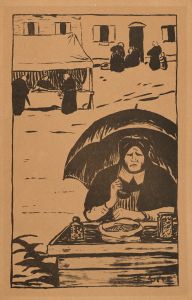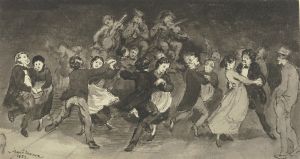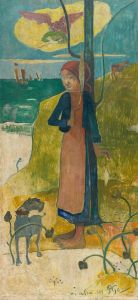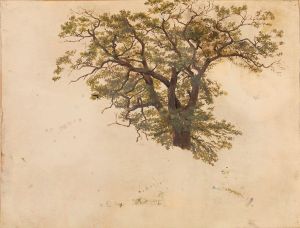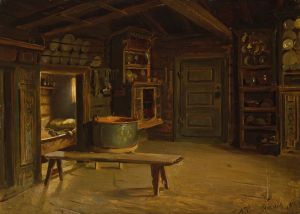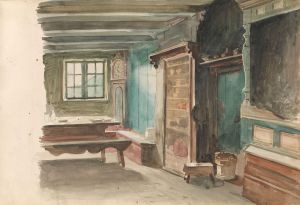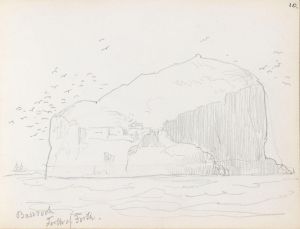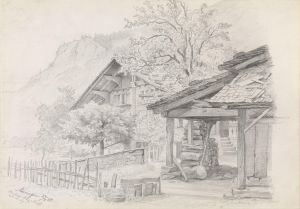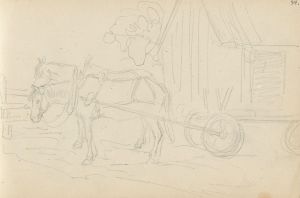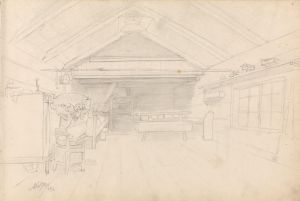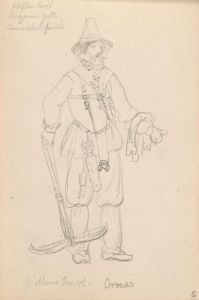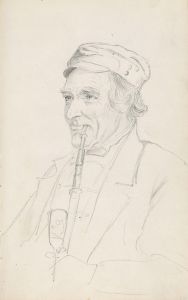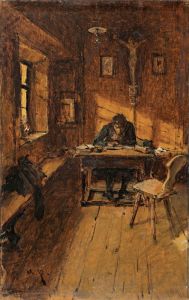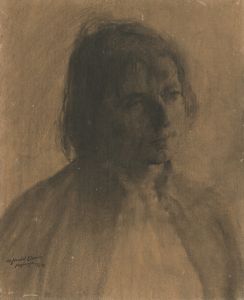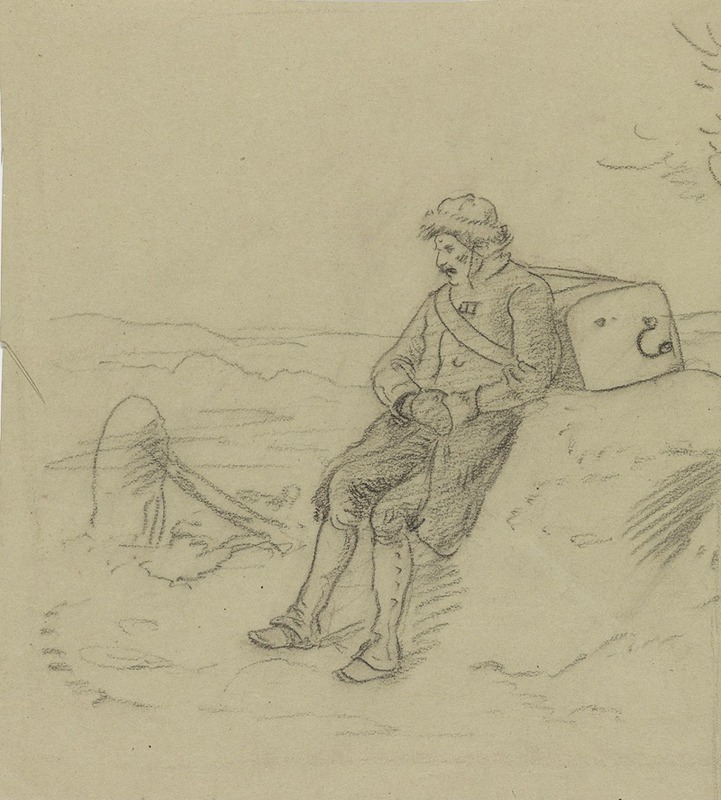
Lirekassemann
A hand-painted replica of Adolph Tidemand’s masterpiece Lirekassemann, meticulously crafted by professional artists to capture the true essence of the original. Each piece is created with museum-quality canvas and rare mineral pigments, carefully painted by experienced artists with delicate brushstrokes and rich, layered colors to perfectly recreate the texture of the original artwork. Unlike machine-printed reproductions, this hand-painted version brings the painting to life, infused with the artist’s emotions and skill in every stroke. Whether for personal collection or home decoration, it instantly elevates the artistic atmosphere of any space.
Adolph Tidemand was a prominent Norwegian painter in the 19th century, known for his detailed and realistic depictions of Norwegian folk life and traditions. One of his notable works is "Lirekassemann," which translates to "The Organ Grinder" in English. This painting is a fine example of Tidemand's ability to capture the essence of Norwegian culture and the everyday life of its people during his time.
Adolph Tidemand was born on August 14, 1814, in Mandal, Norway. He studied art in Copenhagen and later in Düsseldorf, Germany, which was a significant center for art and culture during the 19th century. Tidemand became associated with the Düsseldorf school of painting, which emphasized detailed and realistic portrayals of subjects, often with a focus on historical and genre scenes.
"Lirekassemann" is a genre painting, a category of art that depicts scenes from everyday life. This particular work showcases an organ grinder, a common street musician during the 19th century, who played a portable organ. Such musicians were often seen in urban areas across Europe, providing entertainment and earning a living through the donations of passersby.
In "Lirekassemann," Tidemand captures the organ grinder in a moment of interaction with his surroundings. The painting is characterized by its attention to detail and the realistic portrayal of the subject's attire and expression. The organ grinder is depicted with his instrument, likely a hand-cranked barrel organ, which was typical of the period. The scene may also include other figures, such as children or townsfolk, who are engaged with the music or the musician, highlighting the communal aspect of such performances.
Tidemand's work is celebrated for its ethnographic value, as it provides insight into the customs and daily life of 19th-century Norway. His paintings often reflect a deep respect and appreciation for Norwegian culture and traditions, and "Lirekassemann" is no exception. Through his art, Tidemand contributed to the national romantic movement in Norway, which sought to promote and preserve Norwegian identity and heritage during a time of growing nationalism.
The painting not only serves as a visual document of a bygone era but also reflects Tidemand's skill in composition and his ability to convey emotion and narrative through his work. His use of color, light, and shadow adds depth and realism to the scene, drawing the viewer into the world he depicts.
Adolph Tidemand's legacy as an artist is significant, and his works, including "Lirekassemann," continue to be studied and appreciated for their artistic and cultural value. His paintings are housed in various museums and collections, where they remain an important part of Norway's artistic heritage. Through his dedication to portraying the life and traditions of his homeland, Tidemand has left an indelible mark on the history of Norwegian art.





